TGF-β / Smad Signaling
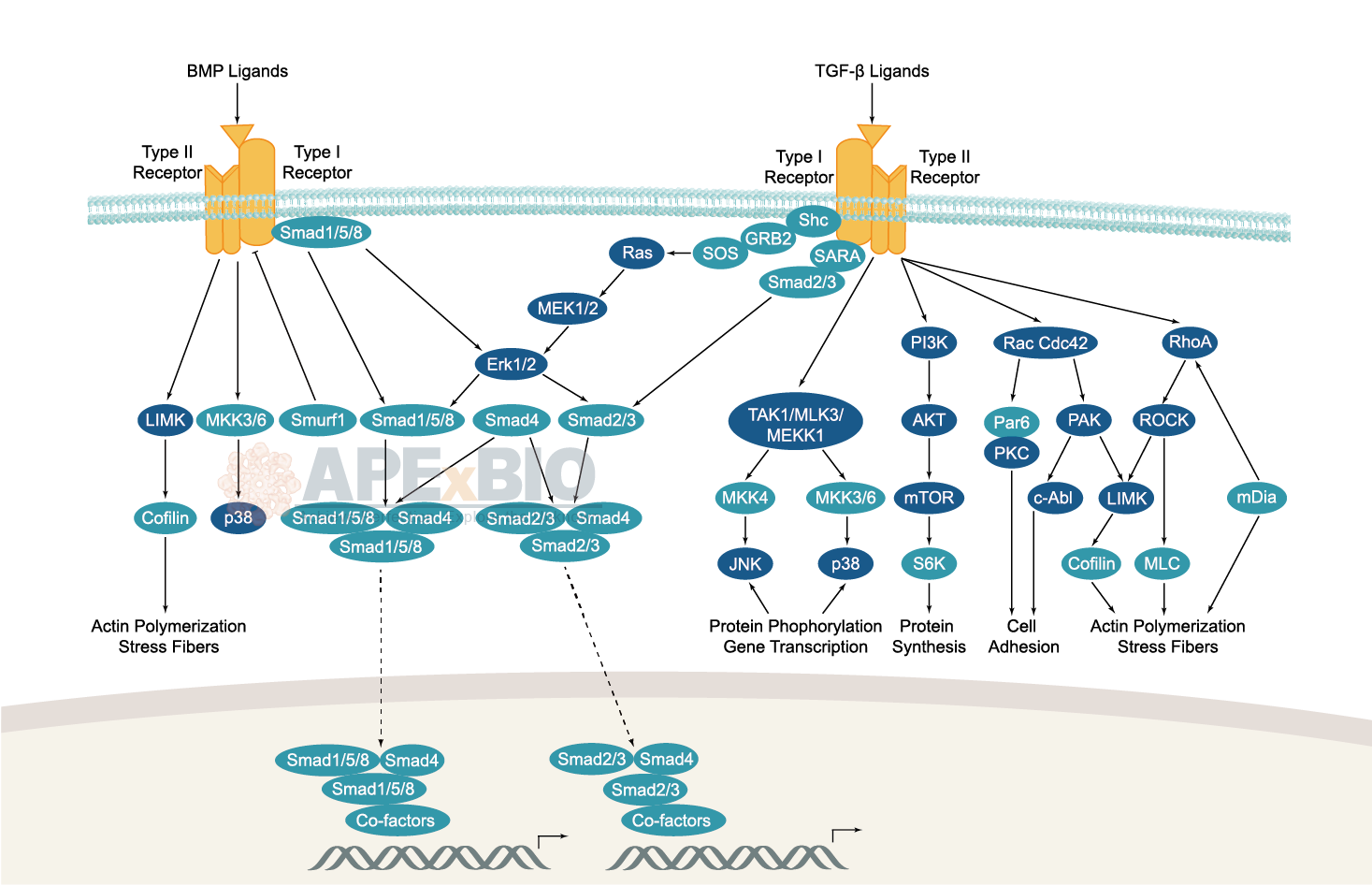
The TGF-β family is generally classified into two sub-families, TGF-β ligands, and bone morphogenic protein (BMP) ligands. In canonical signaling, receptor activation lead to phosphorylation of a group of transcription factors called Smads. TGF-β ligands bind to type II receptors (TGF-β II) which recruit and phosphorylate type I receptor (TGF-β I) on serine/threonine residues. The TGF-β I then recruits and phosphorylates a receptor regulated Smad (R-Smad). The R-Smad binds to the common Smad (Co-Smad) and forms a heterodimeric complex. This complex then translocates into the cell nucleus where it binds with nuclear co-factors to regulate the transcription of various target genes. Dysregulation of TGF-β/Smad signaling pathway is associated with a number of pathological conditions including fibrosis, cancer, immunodeficiency, diabetes and cardiovascular diseases etc.
-
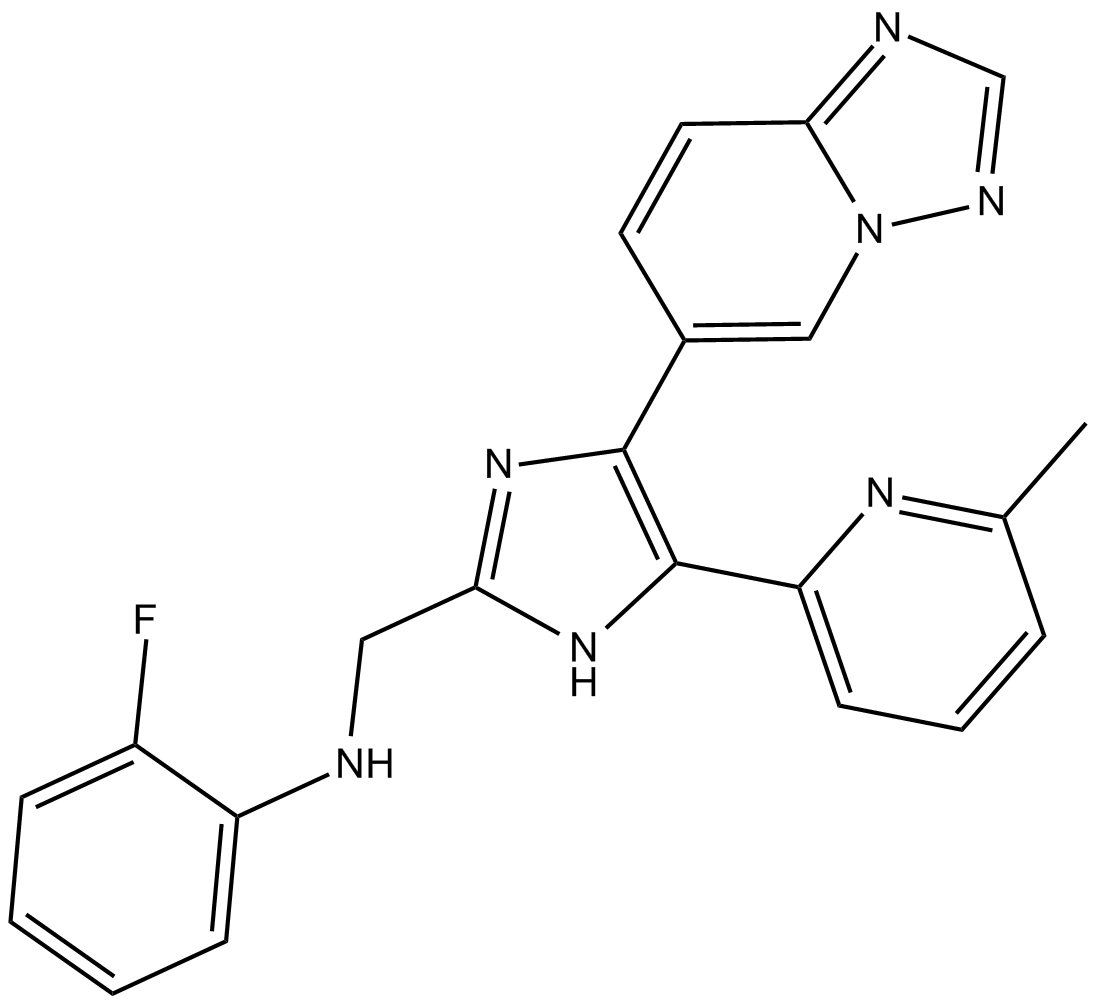 B5946 EW-71971 CitationTarget: BMP and Other Activin ReceptorsSummary: Selective inhibitor of TGF-β type I receptor kinase
B5946 EW-71971 CitationTarget: BMP and Other Activin ReceptorsSummary: Selective inhibitor of TGF-β type I receptor kinase -
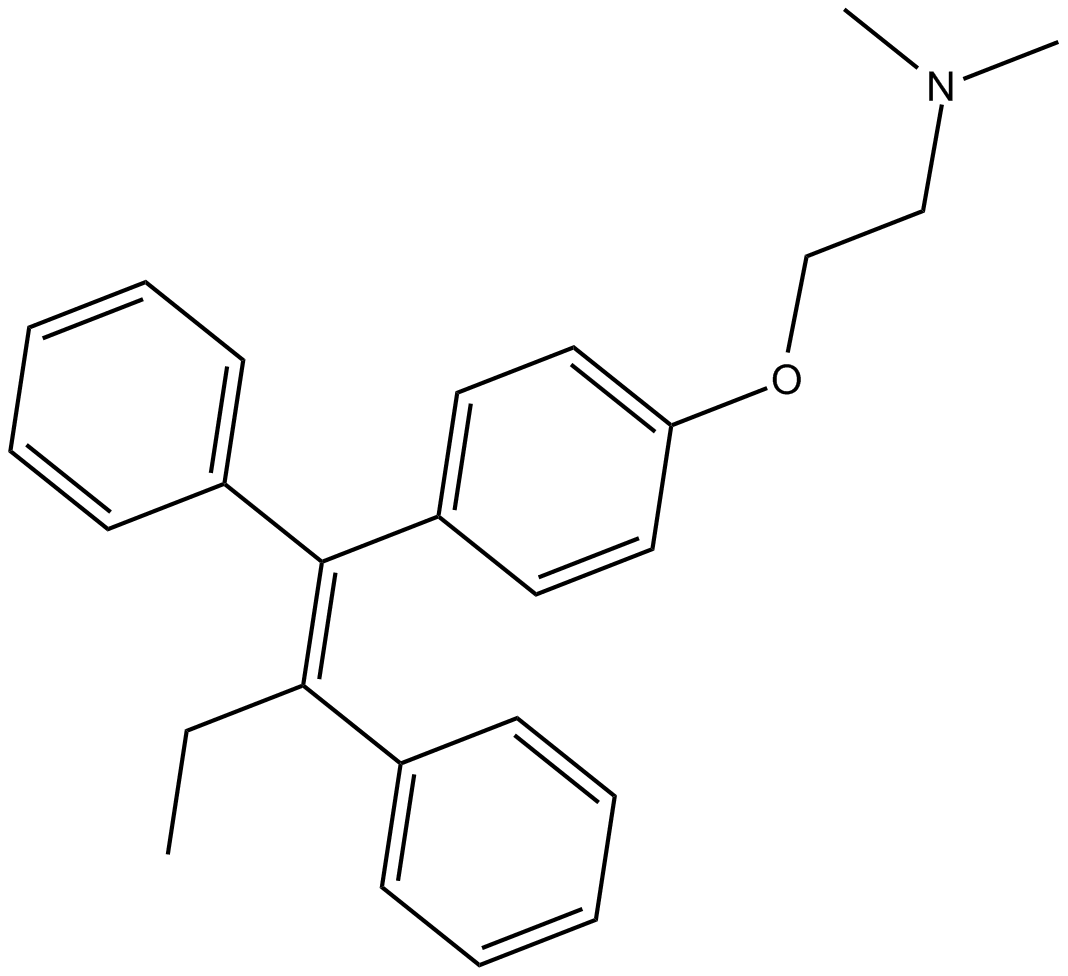 B5965 Tamoxifen1 CitationTarget: PKCSummary: TGF-β modulatory and PKC inhibitory effects
B5965 Tamoxifen1 CitationTarget: PKCSummary: TGF-β modulatory and PKC inhibitory effects -
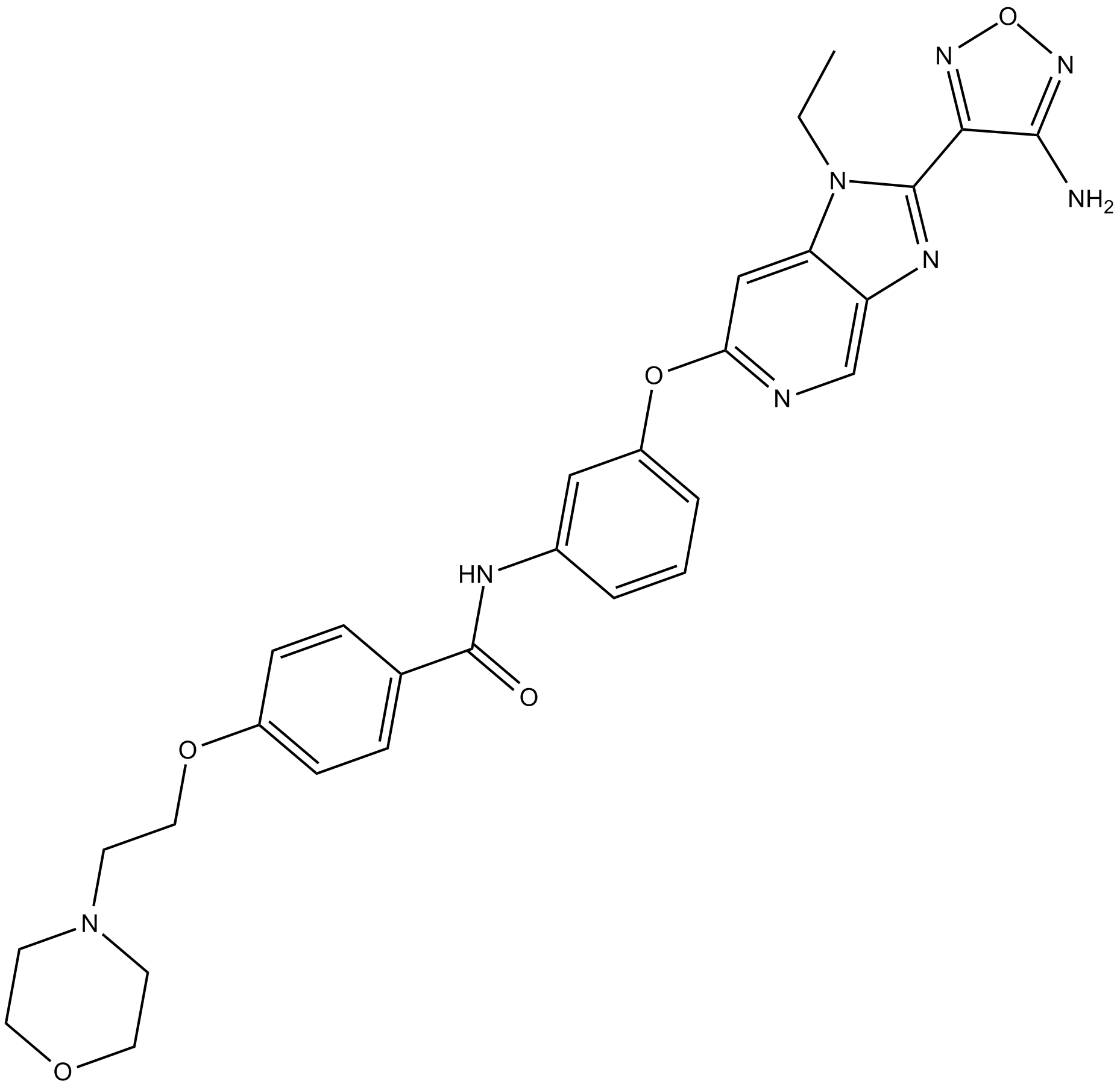 B3392 GSK269962ATarget: ROCK|RSK|MSKSummary: ROCK inhibitor
B3392 GSK269962ATarget: ROCK|RSK|MSKSummary: ROCK inhibitor -
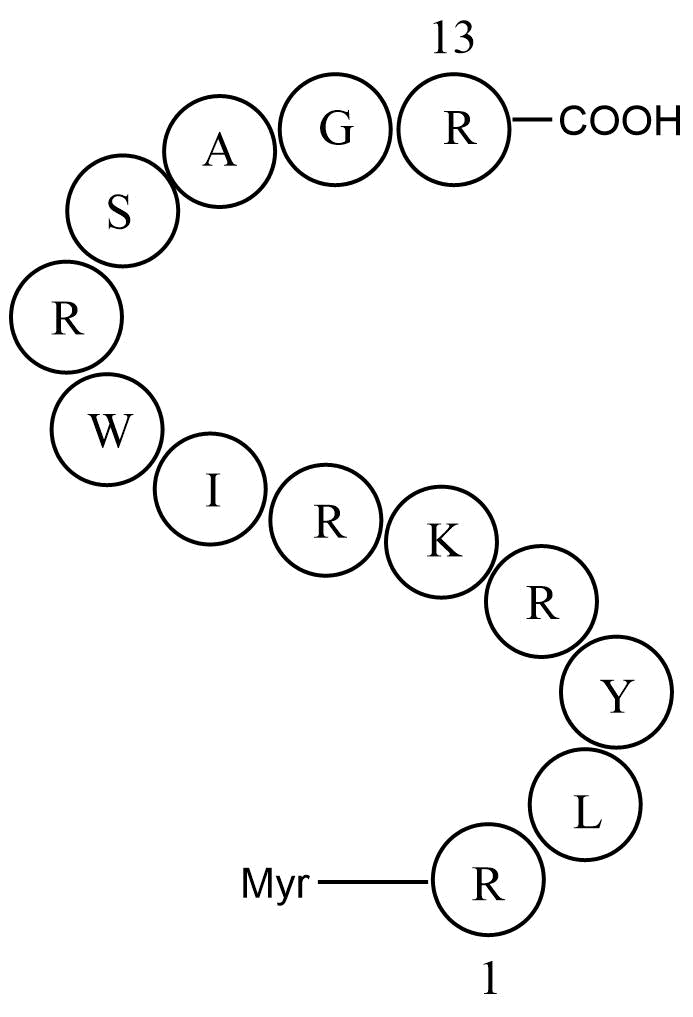 A8830 ZIP (SCRAMBLED)Summary: PKMζ inhibitor
A8830 ZIP (SCRAMBLED)Summary: PKMζ inhibitor -
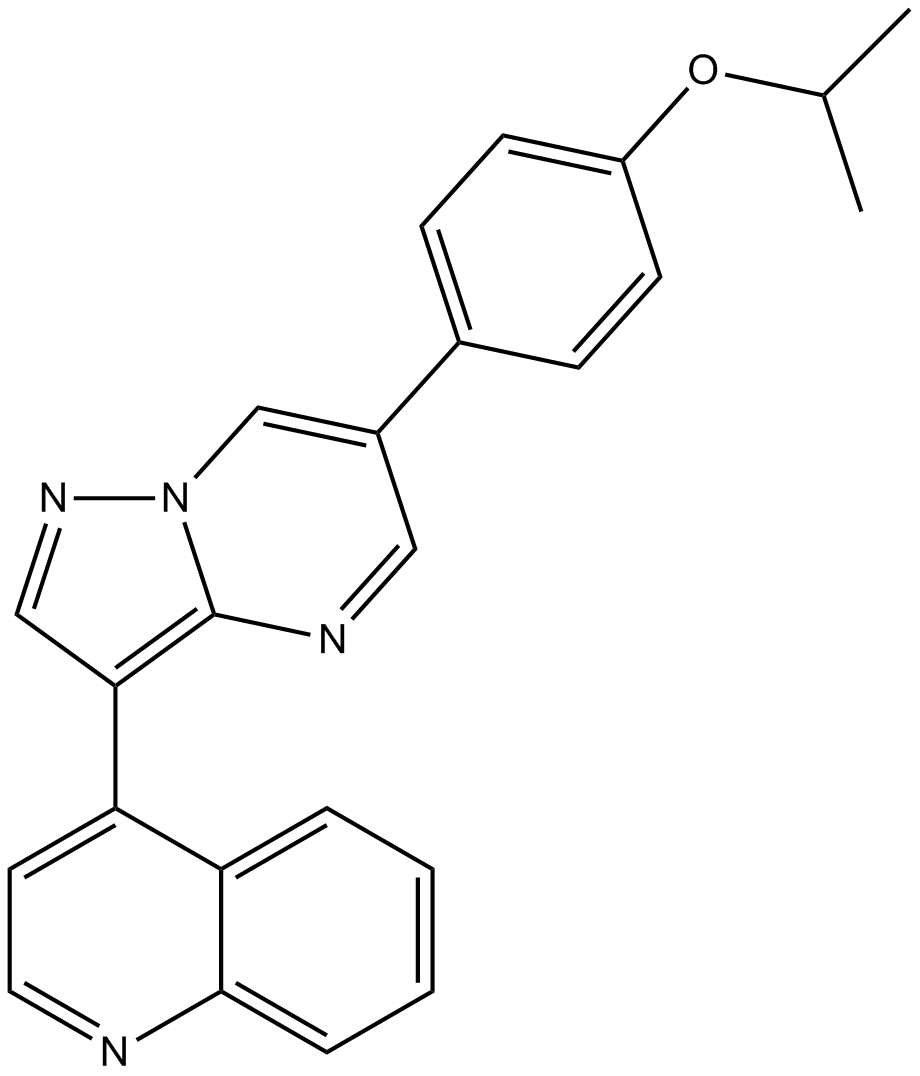 B3686 DMH-1Target: BMP and Other Activin ReceptorsSummary: Selective BMP ALK2 receptor
B3686 DMH-1Target: BMP and Other Activin ReceptorsSummary: Selective BMP ALK2 receptor -
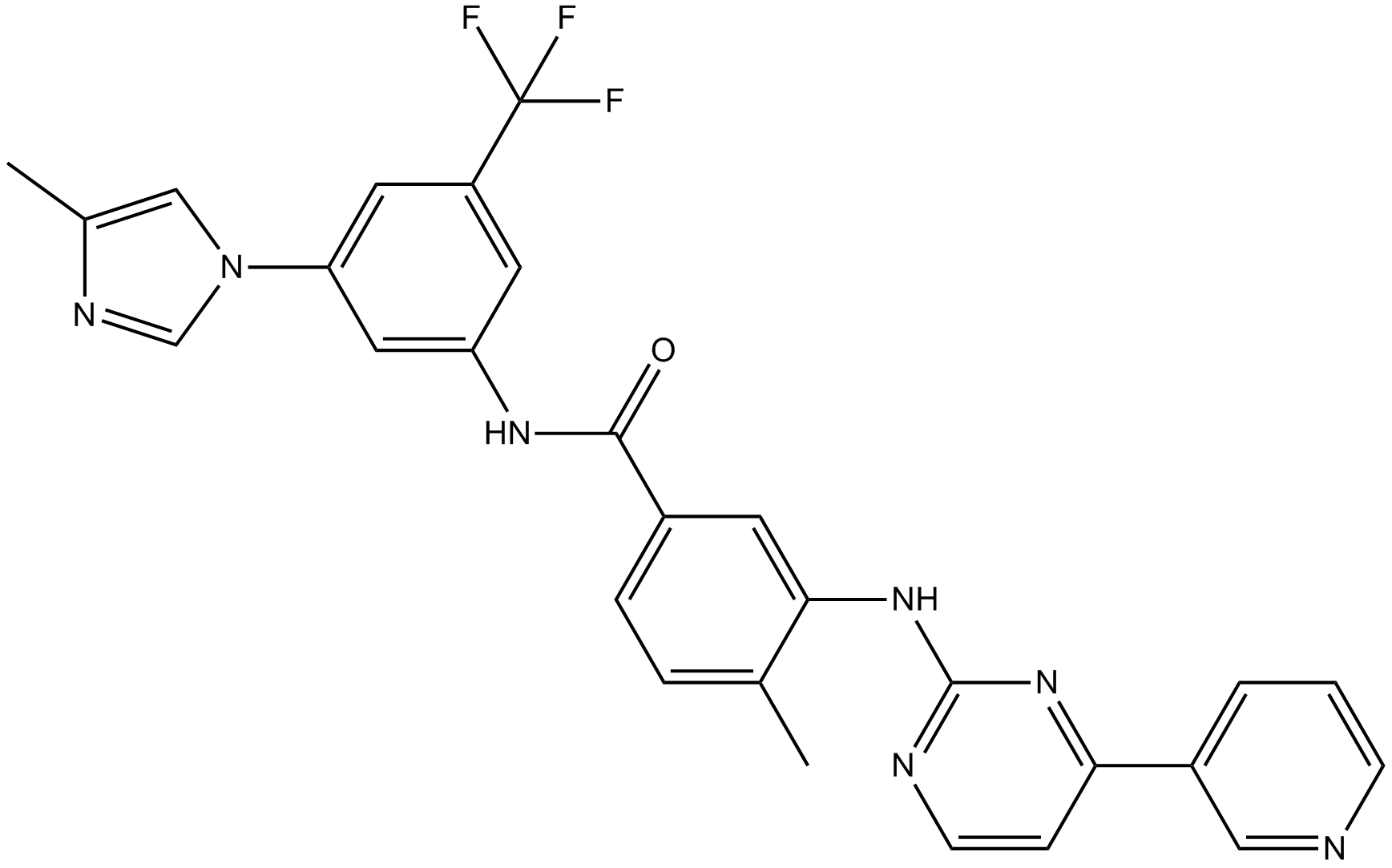 A8232 Nilotinib(AMN-107)1 CitationTarget: Bcr-AblSummary: Bcr-Abl kinase inhibitor,selective
A8232 Nilotinib(AMN-107)1 CitationTarget: Bcr-AblSummary: Bcr-Abl kinase inhibitor,selective -
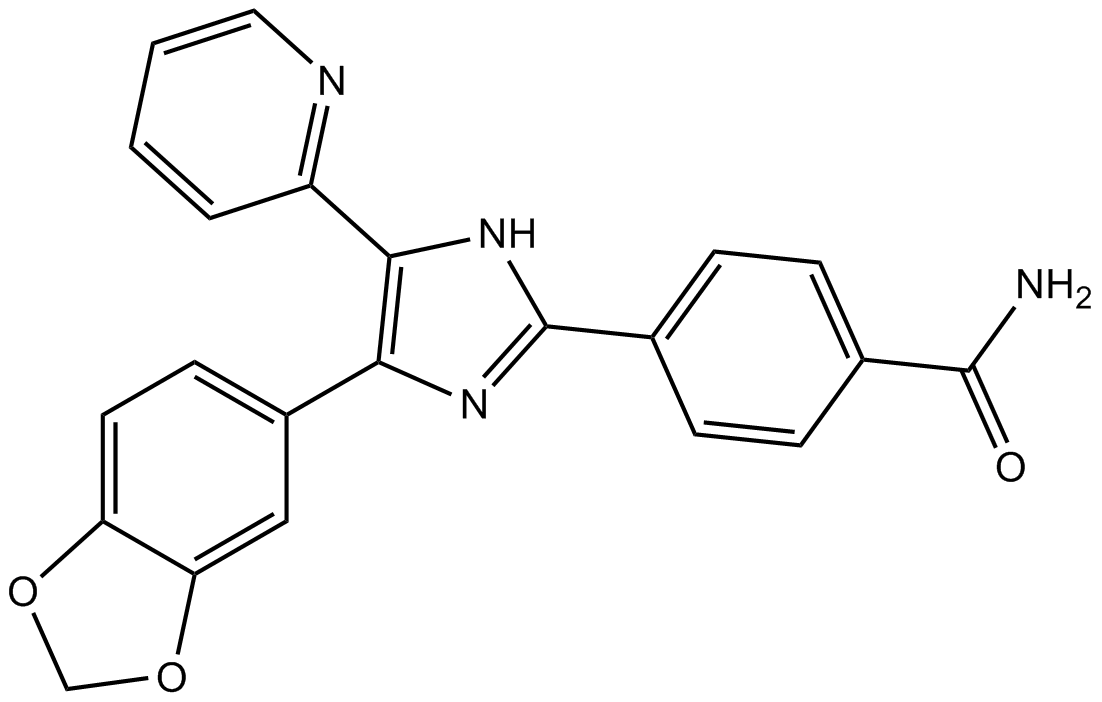 A8249 SB 4315422 CitationSummary: ALK inhibitor
A8249 SB 4315422 CitationSummary: ALK inhibitor -
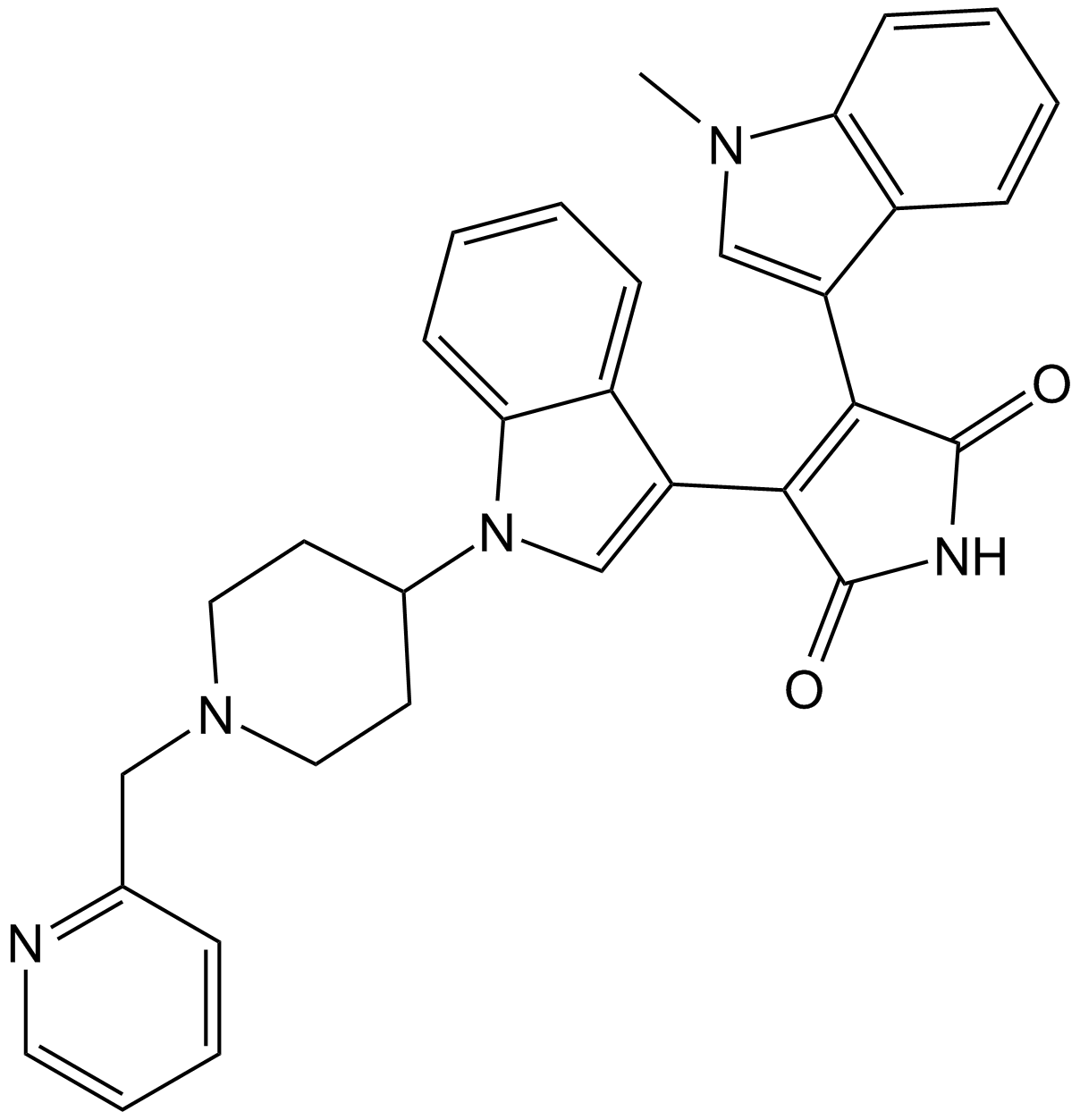 A1670 Enzastaurin (LY317615)2 CitationTarget: PKCSummary: PKC beta inhibitor,potent and selective
A1670 Enzastaurin (LY317615)2 CitationTarget: PKCSummary: PKC beta inhibitor,potent and selective -
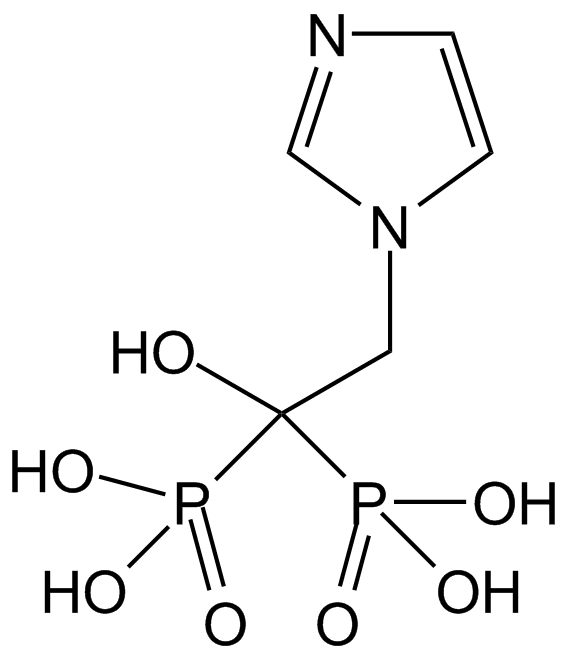 A1352 Zoledronic AcidTarget: Farnesyl Diphosphate SynthasesSummary: Potent nitrogen-containing bisphosphonates
A1352 Zoledronic AcidTarget: Farnesyl Diphosphate SynthasesSummary: Potent nitrogen-containing bisphosphonates -
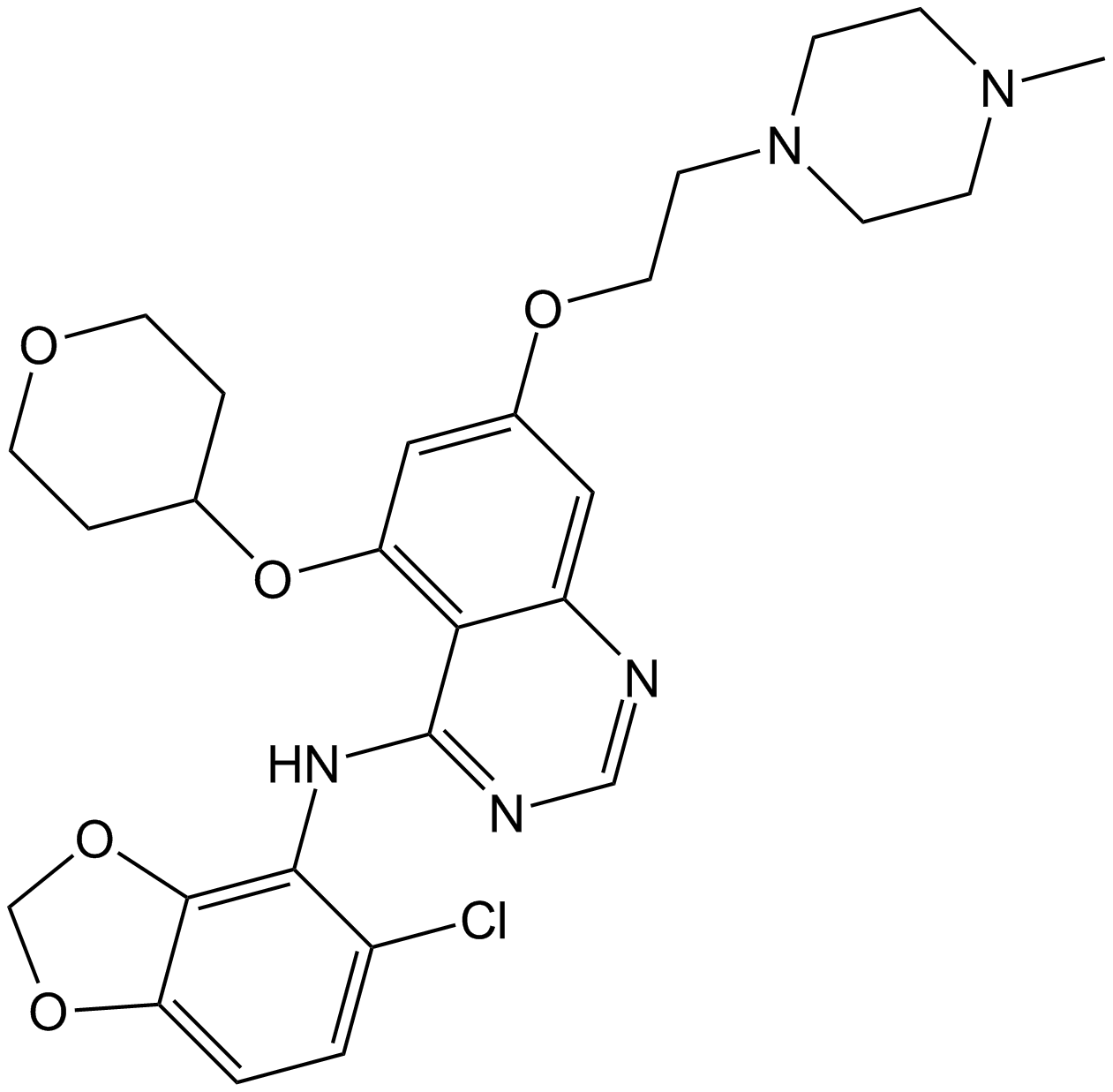 A2133 Saracatinib (AZD0530)3 CitationTarget: SrcSummary: Src/Abl inhibitor,potent and selective
A2133 Saracatinib (AZD0530)3 CitationTarget: SrcSummary: Src/Abl inhibitor,potent and selective

